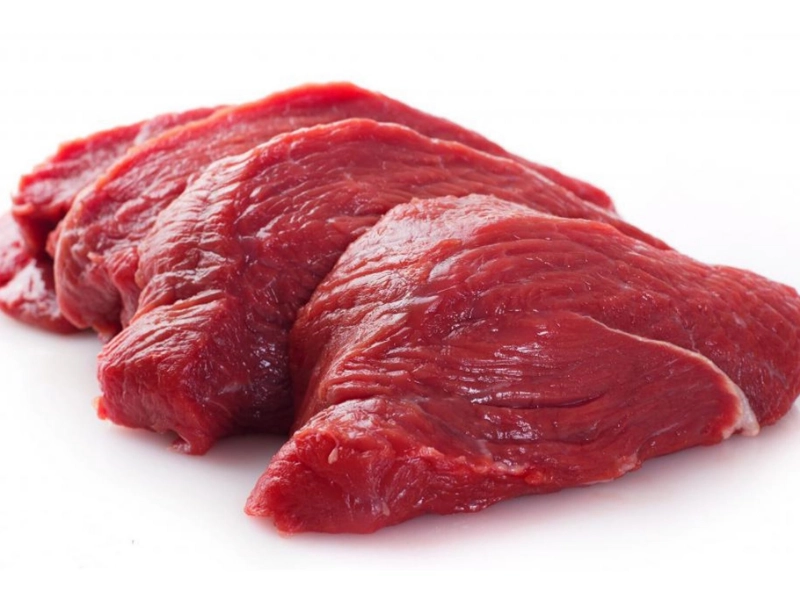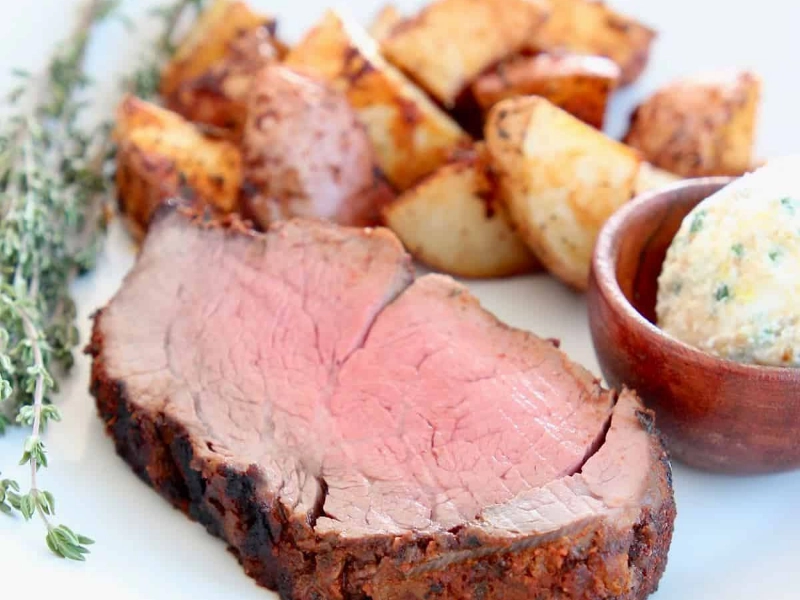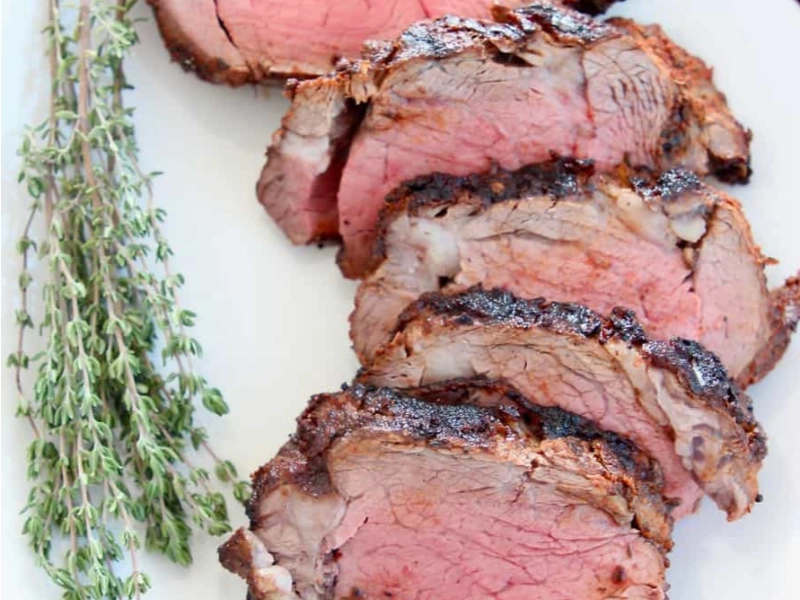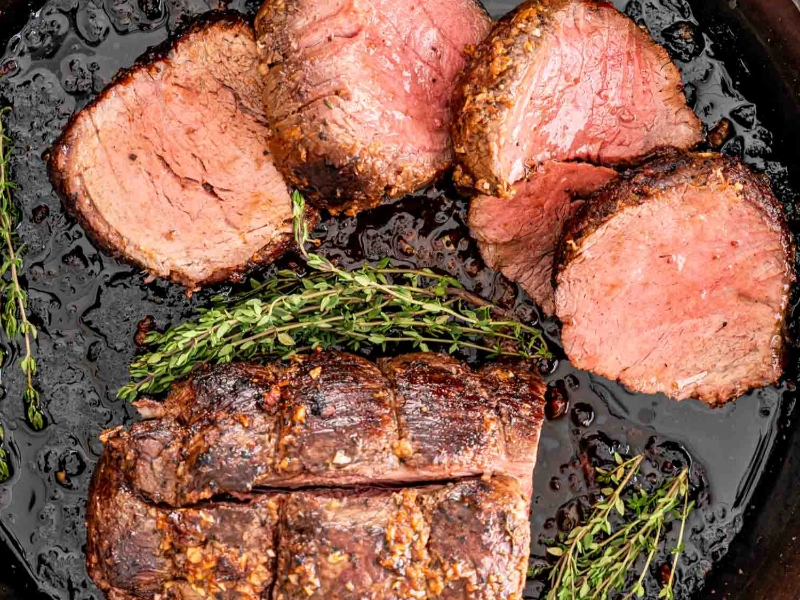Inspired by our forebears' eating patterns, the Paleo diet stresses real foods and cuts out processed goods. Usually a mainstay of this diet, beef offers vital minerals and protein. Still, including beef in a healthy Palaeolithic diet has benefits as well as drawbacks. This post looks at the benefits and drawbacks of including beef into your Paleo diet, therefore guiding your food decisions.

 Although beef is quite nutritious, one should take some thought on the possible health hazards connected with red meat eating. Studies have connected heavy red meat consumption—especially processed forms—particularly to a higher risk of chronic diseases including certain malignancies and heart disease. Some research imply that too much red meat could aggravate inflammation in the body, a risk factor for certain diseases.
Furthermore affecting the health consequences of beef cooking is its technique. High heat of grilling or fried food can generate dangerous chemicals that might raise cancer risk. Lean beef cuts and better cooking techniques like baking or slow cooking help to reduce these hazards. Moderation is important; occasionally including beef into your diet instead of daily will assist balance the possible health hazards with the advantages.
Although beef is quite nutritious, one should take some thought on the possible health hazards connected with red meat eating. Studies have connected heavy red meat consumption—especially processed forms—particularly to a higher risk of chronic diseases including certain malignancies and heart disease. Some research imply that too much red meat could aggravate inflammation in the body, a risk factor for certain diseases.
Furthermore affecting the health consequences of beef cooking is its technique. High heat of grilling or fried food can generate dangerous chemicals that might raise cancer risk. Lean beef cuts and better cooking techniques like baking or slow cooking help to reduce these hazards. Moderation is important; occasionally including beef into your diet instead of daily will assist balance the possible health hazards with the advantages.
 The health advantages of beef depend much on the quality of the meat. Many times advised as better choices than conventionally grown beef are grass-fed and organic meat. Lower in saturated fat than grain-fed beef, grass-fed meat often boasts more omega-3 fatty acid levels. Given their anti-inflammatory qualities, omega-3s are well-known for helping general health.
Selecting organic beef also helps to lower one's exposure to hormones and antibiotics sometimes used in conventional production. These drugs can upset hormonal equilibrium and fuel antibiotic resistance. Choosing beef for a Paleo diet calls for giving quality sources top priority. Local farms or reliable providers using ethical and sustainable methods can offer better choices fit with Paleo ideas.
The health advantages of beef depend much on the quality of the meat. Many times advised as better choices than conventionally grown beef are grass-fed and organic meat. Lower in saturated fat than grain-fed beef, grass-fed meat often boasts more omega-3 fatty acid levels. Given their anti-inflammatory qualities, omega-3s are well-known for helping general health.
Selecting organic beef also helps to lower one's exposure to hormones and antibiotics sometimes used in conventional production. These drugs can upset hormonal equilibrium and fuel antibiotic resistance. Choosing beef for a Paleo diet calls for giving quality sources top priority. Local farms or reliable providers using ethical and sustainable methods can offer better choices fit with Paleo ideas.
 Including beef into your Paleo diet will improve taste and variation in your meals. From slow-cooking roasts to grilling steaks, beef may be prepared in a lot of ways. Ground beef is flexible and can be used in stir-fries, burgers, or tacos fit for a Paleo diet. Combining beef with a range of vegetables will produce well balanced meals high in fibre and vital minerals.
Plan meals with regard for balance and portion sizes. To guarantee a well-rounded dinner, beef should be served alongside lots of veggies. Along with improving the meal's nutritional worth, this provides fiber—which is vital for digestive health. You can savour beef's tastes and keep a balanced, palaeolithic diet by imaginatively including it into your meal schedule.
Including beef into your Paleo diet will improve taste and variation in your meals. From slow-cooking roasts to grilling steaks, beef may be prepared in a lot of ways. Ground beef is flexible and can be used in stir-fries, burgers, or tacos fit for a Paleo diet. Combining beef with a range of vegetables will produce well balanced meals high in fibre and vital minerals.
Plan meals with regard for balance and portion sizes. To guarantee a well-rounded dinner, beef should be served alongside lots of veggies. Along with improving the meal's nutritional worth, this provides fiber—which is vital for digestive health. You can savour beef's tastes and keep a balanced, palaeolithic diet by imaginatively including it into your meal schedule.
Including beef on the Paleo diet begs ethical and cultural questions as well. For ethical reasons—including animal welfare and environmental concerns—many people decide to live vegetarian or vegan. Beef's manufacturing has a major environmental effect since it fuels land use and greenhouse gas emissions. These elements can cause some people to wonder if consuming beef is sustainable. Investigating local and sustainable farming methods can help individuals who still want beef on their diet allay some of these issues. Helping farms that give animal welfare and sustainable methods top priority would benefit the environment as well as health. Moreover, knowing and appreciating different dietary choices helps to promote a more inclusive view of nutrition.
In the end, the choice to include beef in a Paleo diet need to be customised depending on personal ethical views, tastes, and health objectives. While some people might discover that cutting red meat makes them feel better, others may flourish on a diet heavy in animal proteins. Finding the proper balance depends critically on your body's responses to various foods and on your awareness of them. Experimenting with several protein sources—including fish, chicken, and plant-based options—can diversify your diet and guarantee you satisfy your nutritional needs. Stressing whole foods and keeping a balanced approach will help you design a Paleo diet that fits your values and advances your health objectives.